Ear Anatomy | Inside the ear | 3D Human Ear animation video | Biology | Elearnin Ear is that part of the human body that detects sound from the environment and delivers it to the brain. With the help of a ear, humans have the ability to locate the sources of sound. Apart from just being a receiver of sound, it also plays a major role in maintaining a proper balance and position of the body. So as per the laws of science, sound is actually caused when the air molecules are set into vibration and one can hear the sound when the ear picks up or feels these vibrations or sound waves. There are nine main parts of the ear that include the pinna, the ear canal, the ear drum, the hammer, anvil, stirrup, cochlea , Eustachian tube and the auditory nerve. The pinna, also known as the auricle, is the visible portion of the ear that is externally seen. This helps in locating sound sources and directs the sound into it. This does not play any role in maintaining the balance of sound that is heard. The ear canal is a tube like pipeline, that connects the outside of the ear to the ear drum. The ear drum is in the middle ear, which vibrates on receiving sound waves. The hammer on receiving the vibrations from the eardrum, sends them to the anvil that inturn passes them to the stirrup and these are then passed to the inner ear. The inner ear consists of the cochlea and a liquid. The cochlea is a shell-like structure. The Eustachian tube controls the amount of pressure in the ear. The auditory nerve carries the sound to the brain and it is the brain that interprets the sound. The ear together with the brain , controls the balance of the body. All the movements are controlled by this balance and also with the help of muscles. The liquid in the inner ear that we mentioned earlier, is actually responsible for the balance. The liquid in the ear moves along in sync with the physical movement of the body and thus, sending information to the brain on how the body is actually moving at any given instance. The earlobe is the soft lower part of the external ear and this does not have any firmness nor any elasticity. It contains a cartilage and has a large amount of blood supply that provides warmth to the ears and hence aids in the overall balance process.
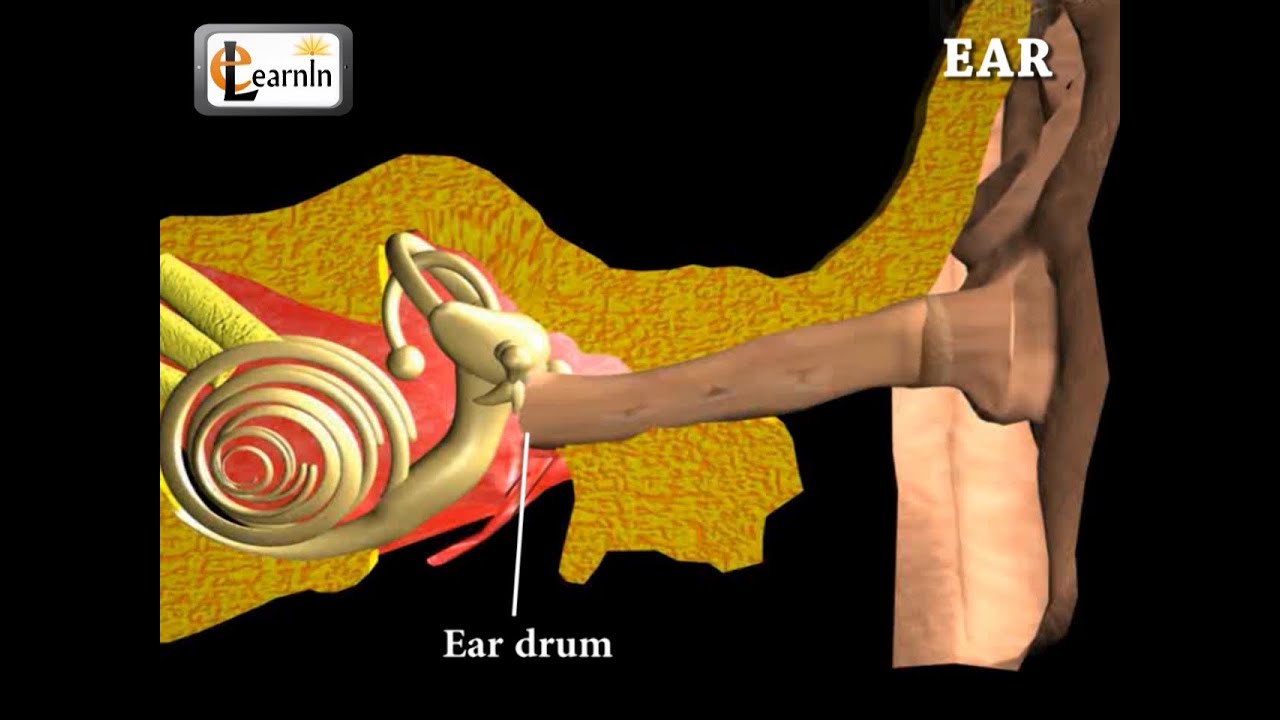
Ear Anatomy | Inside the ear | 3D Human Ear animation video | Biology | Elearnin
- Post author:
- Post published:May 10, 2021
- Post category:Uncategorized
- Post comments:0 Comments
You Might Also Like

How to Increase Fetal Weight During Pregnancy

Swiss Ball Squat With Curl | Legs Biceps Arms Abs Workout

Sugar Free, Low Sugar Video – 22

Physiotherapy in Obstetrics Video – 14

Red Sauce Pasta cooked to perfection with Del Monte

Inspire Health & Fitness Bicep Curl on Stability Ball

Essential Oils Video – 4
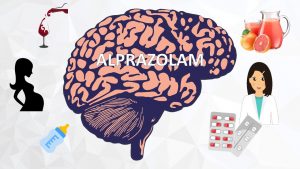
Alprazolam
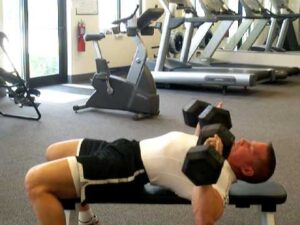
Build Massive Chest Muscles With Dumbbell Press For Pecs

What does ornithine mean?
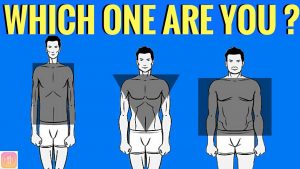
WHICH BODY TYPE ARE YOU? How to Train & Eat for YOUR body type?

Pilates Video – 4
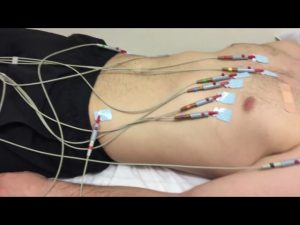
ECG – Electrocardiogram

Hammer Curl-2

Power Rack Reverse Hyper Extension

Is BCCA Good For Your Body? | BeerBiceps BCAA 101
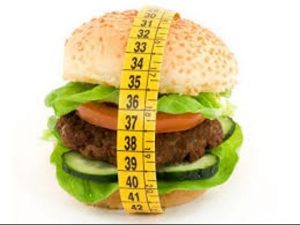
Dieta do Glucagon

How To: Barbell Decline Bench Press

Nutrition Meaning

What are Anabolic Steroids?
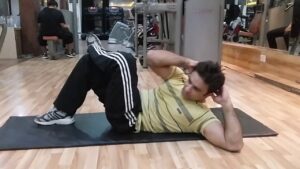
Abs exercise – alternate knee and elbow crunches

Sperm Counts Plummeting…But Not Everywhere
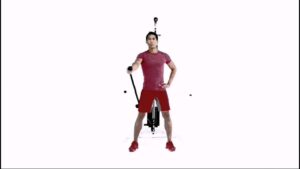
Cable Front Raise Exercise

Making A Yoga Routine Video – 7

What is Anaerobic Exercise? Benefits of Anaerobic training and workouts

Arnold Schwarzenegger ”Bodybuilders Today Are Not Accepted. They’re Too Big With No Talent” HD

10 Top Foods for Leptin Release – FatBurning and WeightLoss

Top 10 Foods to Prevent Heart Disease

【A tale of six trillion years and one night 】【Glutamine】♥

What makes muscles grow? – Jeffrey Siegel
One Arm Row Dumbbell-7

Light Cardio and Stretching Cool Down Workout – Relaxing Stretches for Flexibility

Silymarin – Liver Protection, Cancer Prevention

Continuous Endurance Training vs High-Intensity Interval Training with Ben Greenfield

70 Bodyweight Cardio Exercises

How to calculate Your BMI using your phone
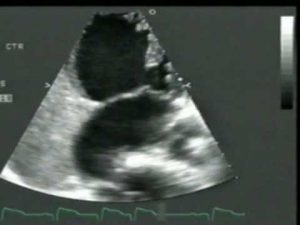
2D echo: bubble study

What Type of B12 Is Best?

What does an abnormal blood report indicate? – Dr. Sharat Honnatti
Sports & Recreation

Table Tennis Video – 3

